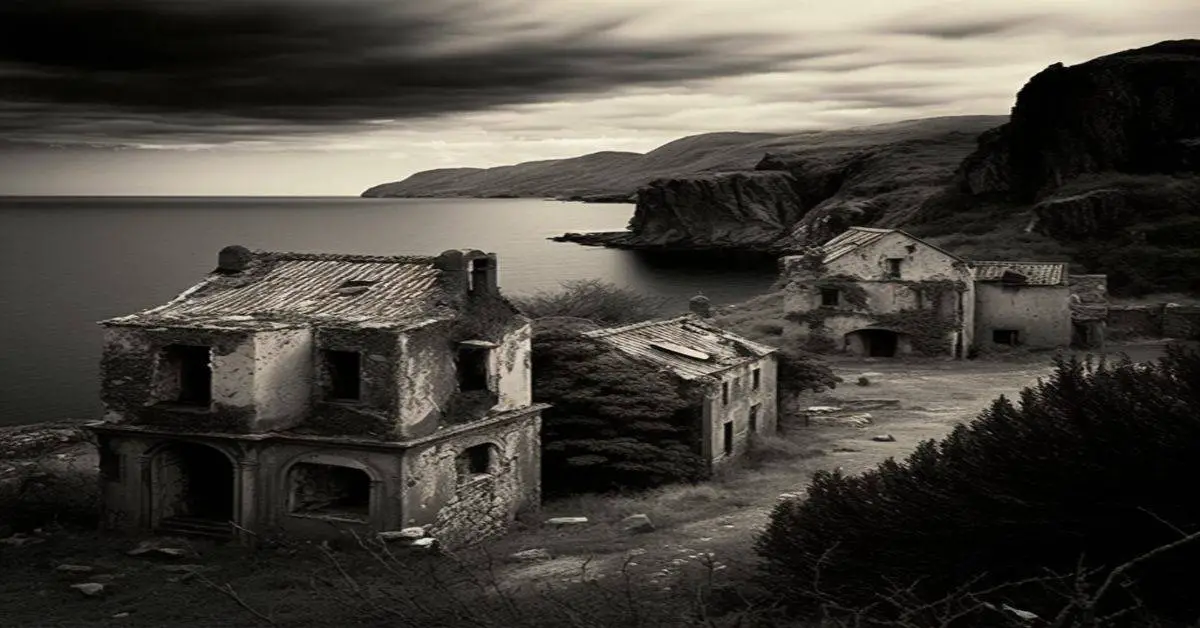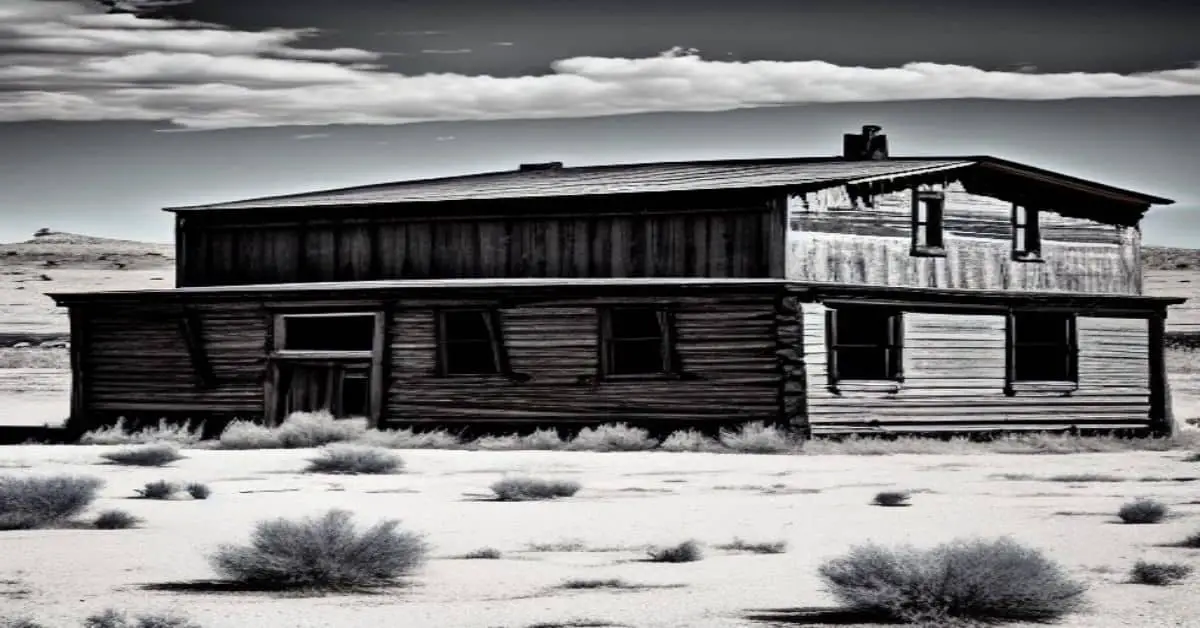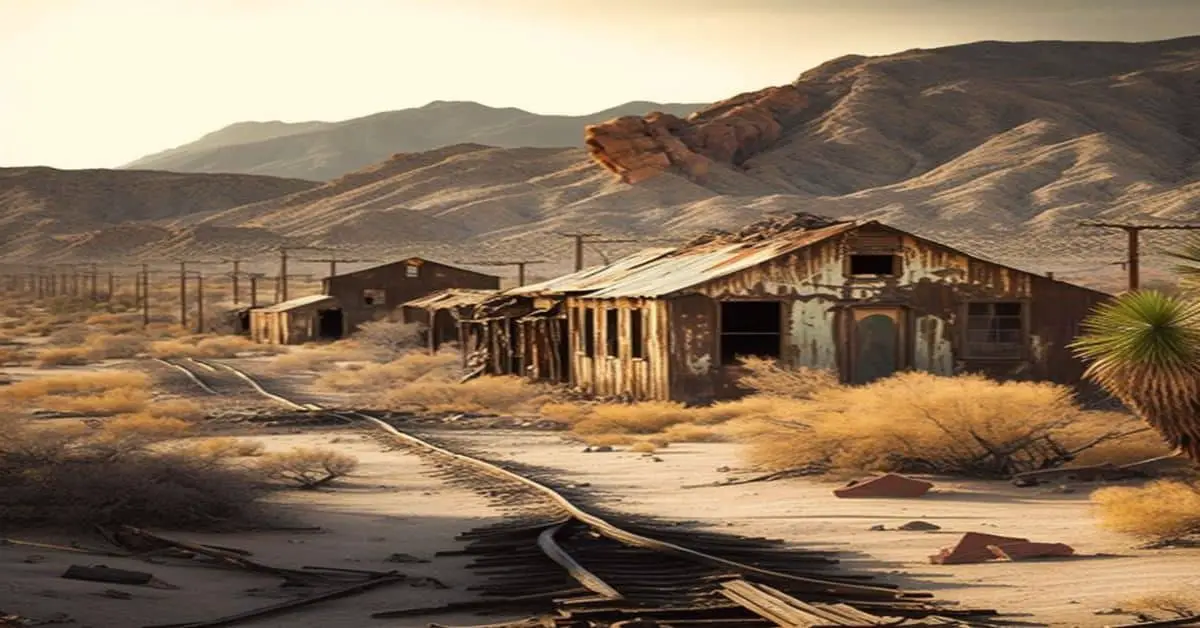Located in the northeast corner of Wickenburg, Arizona, Congress is a ghost town that reminds of Arizona’s rich history during the gold rush era. Founded in 1884, Congress was once a bustling town that prospered from a gold mine that attracted many settlers.
Although the mines no longer yield gold, Congress has preserved its original buildings and structures, allowing visitors to step back in time and experience life as it was in the late 19th century. Congress boasts a unique charm, with its electric light plant and scarcity of water.
Visitors can explore the town’s original structures, including a hotel, a saloon, and a general store. The town’s rich history and unique features provide a glimpse into the past, allowing visitors to appreciate the challenges and triumphs of those who lived during the gold rush era.
This article will delve into the location and history of Congress, as well as its notable features and structures, providing valuable insights into the town’s significance and value as a tourist destination.
Key Takeaways
- Congress is a well-preserved ghost town in Arizona that was once a bustling mining center and survived as a railroad station after the mines petered out.
- The town’s rich history and unique features provide a glimpse into the past, allowing visitors to appreciate the challenges and triumphs of those who lived during the gold rush era.
- Visiting Congress is a must for anyone interested in the history of the American West, and the town’s well-preserved structures and remnants of the gold rush era make it a valuable tourist destination.
- Congress is a testament to the early settlers’ determination to extract resources from the land and a vital part of Arizona’s past and present, reminding visitors of the state’s rich history during the gold rush era.
Location and History
Located northeast of Wickenburg in Arizona, Congress was boomed by a gold mine discovered in 1884. Dennis May, the discoverer of the gold mine, made Congress a mining center in the region. Congress was divided into two sections: Mill town and Lower town. The Mill town contained the mining infrastructure, while Lower town had residences and general businesses.
After the mines petered out, Congress survived as a railroad station. Congress was a part of Arizona’s history and a reminder of the gold rush era in the state. The gold rush era significantly influenced Arizona’s economy and culture. The mining industry provided jobs and wealth to the state.
The legacy of mining can be seen in the ghost towns left behind, such as Congress. These ghost towns are a testament to the early settlers’ determination to extract resources from the land. The history of Congress and its mining legacy are vital to Arizona’s past and present.
Features and Structures
Numerous old structures, such as the electric light plant and cemetery, still stand in Congress, but what other remnants of the town’s past can visitors expect to encounter?
Many of the original buildings in Congress still exist, including the old general store, schoolhouse, and jailhouse. The town was built when water was scarce, and visitors can still see the remnants of the pipeline that brought water from nearby Weaver Creek. The old water tank still stands, and visitors can imagine life when water was a precious commodity in the town.
The old cemetery in Congress is a popular attraction for visitors. The cemetery contains the graves of many of the town’s original settlers, including Dennis May, the man who discovered the gold mine that boomed Congress. Visitors can also see the remains of the old stamp mill, which was used to crush the ore that came out of the mine. A steam engine powered the stamp mill, and visitors can still see the old boiler that provided the steam.
Overall, visitors to Congress can expect to see many old buildings and structures that offer a glimpse into the town’s past and the challenges faced by its early settlers.
Visiting Congress
When planning a trip to Congress, visitors can expect to experience the town’s rich history through its well-preserved structures and remnants of the gold rush era.
Exploring the ruins of Congress can be an enlightening experience, as it allows visitors to appreciate what life was like in this once-thriving mining town.
The old cemetery dates back to the 1800s and is a particularly poignant reminder of the town’s past.
Additionally, visitors should not miss the opportunity to take advantage of Congress’s many photography opportunities. The town’s unique blend of natural beauty and historical significance make it a photographer’s dream, with many original buildings and structures still standing.
Overall, visiting Congress is a must for anyone interested in the history of the American West.
The town’s ghostly atmosphere and well-preserved structures offer a glimpse into a bygone era, while its stunning natural surroundings make it a perfect destination for outdoor enthusiasts and photographers alike.
Whether exploring the ruins or simply enjoying the scenery, visiting Congress will surely be a memorable experience.
Frequently Asked Questions
What is the current population of Congress, Arizona?
Congress, Arizona is a ghost town with no current population. Current demographics and economic development are not applicable due to its status as a historic site.
Are there any notable residents or figures associated with the history of Congress?
No notable figures or famous residents are associated with the history of Congress, Arizona. The town’s significance lies in its gold rush era, which boomed Congress and left behind many original structures for visitors to explore.
What impact did the gold rush have on the surrounding environment and ecosystem?
The gold rush in Congress significantly impacted the surrounding environment and ecosystem due to the destructive mining techniques used. The exploitation of natural resources caused harm to wildlife and the environment, leaving lasting consequences.
Has there been any recent preservation or restoration efforts for the historic buildings in Congress?
Preservation efforts have been made to maintain the historical significance of Congress’ old and original buildings. The town’s structures, including the old cemetery, are left intact, serving as a reminder of Arizona’s gold rush era.
Are there any unique or unusual stories or legends associated with Congress or its former residents?
Legend has it that a wealthy resident of Congress buried his fortune in a secret location before his death. The town is also rumored to have haunted buildings, adding to the allure of searching for lost treasures.


